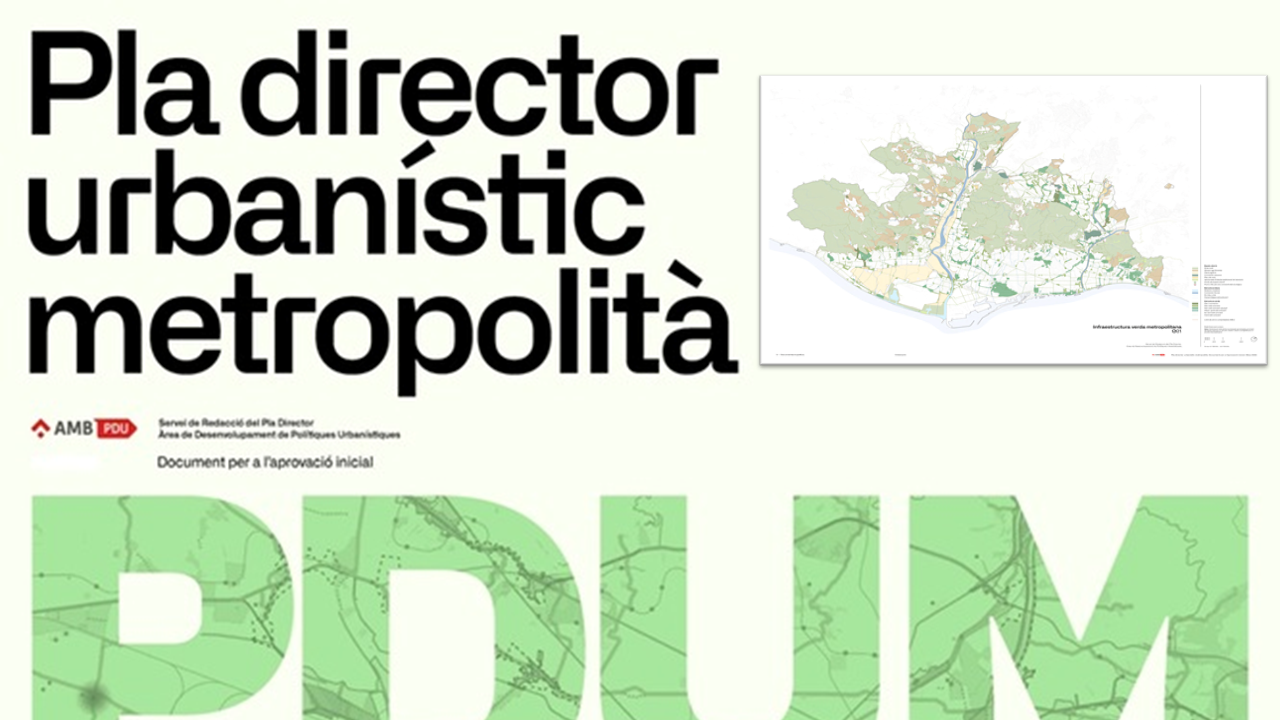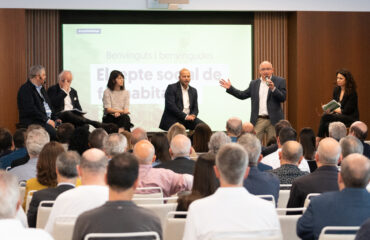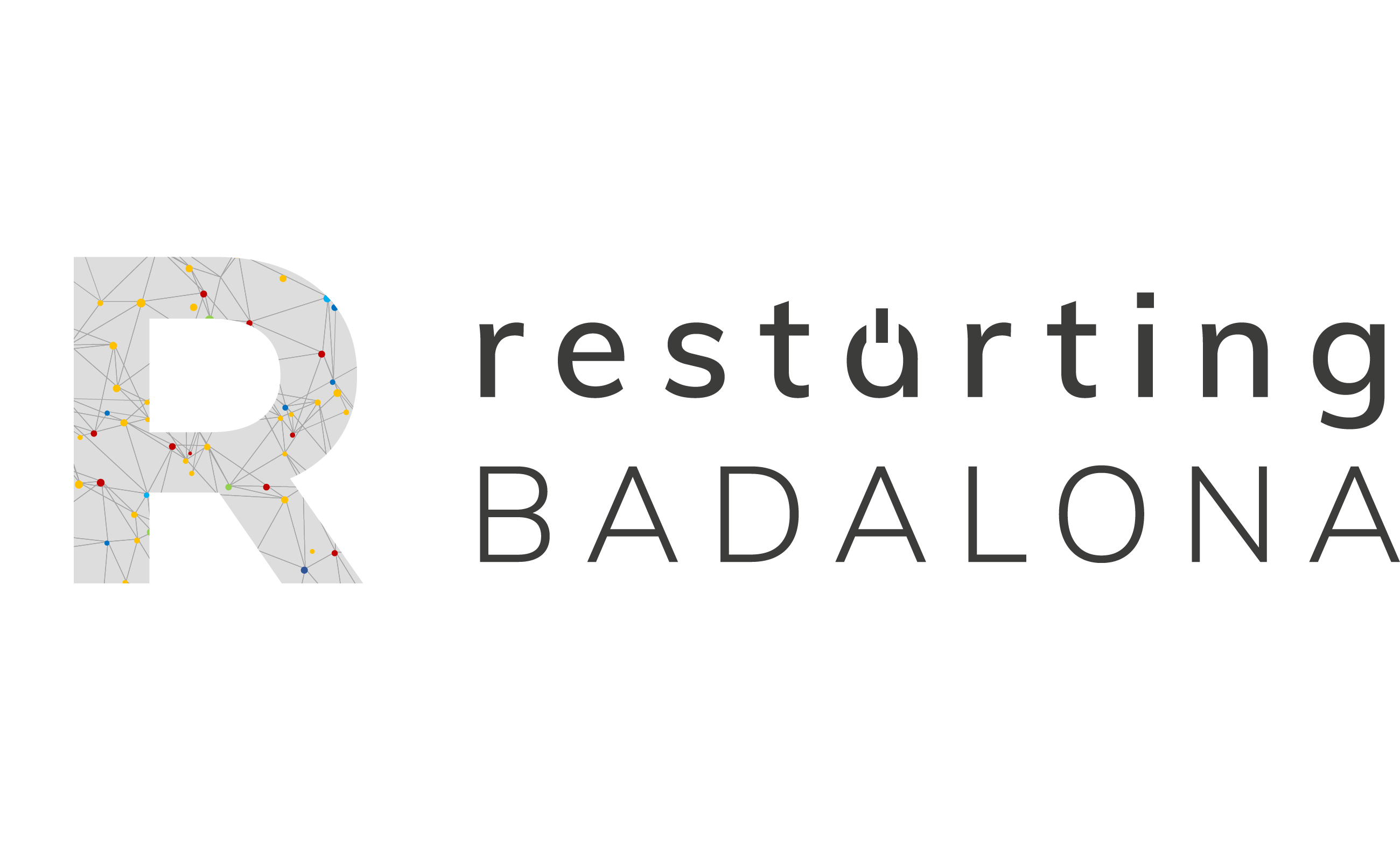
Quiet. The title of the article seeks interest (the click). It will be another thing if the hard-working reader gets to read everything that I now propose to say about something as convoluted and complex as the Metropolitan Urban Master Plan (PDUM) that should replace the General Metropolitan Plan (PGM) of 1976.
And it is convoluted and complex because what was done 45 years ago is no longer that, but something else resulting from the more than 3,000 modifications it has undergone. And because urban planning uses a language, a jargon, only suitable for initiates or experts, which can hardly be followed by an average citizen of the area about which the future is to be decided.
The effort of the Barcelona Metropolitan Area (AMB) to make participation possible, it must be said, is notable. Another thing is that the municipalities that are part of it are collaborating with the spirit that they try to convey. To verify what I say, I invite you to visit the website where all the available information has been posted to date. You will be able to find a lot of information and you will delve into the jargon that urban planning enthusiasts love so much. You will also find the voices, and names, in a list of experts who advise the plan, where certain profiles and professions are missed, due to overpopulation of others. Especially, it is unbalanced in favor of architects, who exist to make four soccer lineups, and short, very short, of engineers (a maximum soccer team) or lawyers and economists (who could field a futsal team).
There is an urbanism that is imposed by planning and an urbanism that is built by proposition
If I had to make a suggestion, I would see that there could be more engineers and economists on the playing field. However, I think it would also be good to call for the participation of intensive sectors in the use of metropolitan space. I say this to try to not only count on those who can theorize in magnificent jargon, but also on those who drive the buses, the ambulances, the delivery trucks and vans, the taxis or the police cars that must cross the area. However, I think it should be said that this plan is not just a distraction for the initiated. And I say this because one can have the feeling, from the real world, that several technicians will meet here and four trout will dream. And not. This is serious. And since it is serious, it would be necessary for employers, unions, federations and guilds or professional associations to put their intelligence at the service of the new metropolitan area that is being proposed.
I have read some of the documents available. I already know that, as the editor himself says, “the plan does not have the management tools or discipline, much less the capacity to implement accompanying policies that would allow its proposals to be complemented and made more effective”, but this is still It makes me more alert about everything I said regarding the sectors that must be actively present and represented in this new PDUM.
It would be good if the plan were a hybrid (there is a lot of talk about hybrid uses in this planning progress) between those who are in the offices and know how to draw and those who are on the streets and know how to navigate them. Between those who are in the municipal plenary sessions and approve the tax ordinances and those who are in the polygons or in the vehicles and pay them. Between those who need housing and those who make it possible. There is an urbanism that is imposed by planning and an urbanism that is built by proposition. You cannot just plan without addressing what is so underrated about the “market,” because then it happens that you theoretically have thousands and thousands of meters of roof space for housing in places that no one wants, for example. And this is what this planning should avoid. That he imagined an excellent painting, but could not find anyone who could paint it.
Ferran Falcó, president of the Restarting Badalona association



